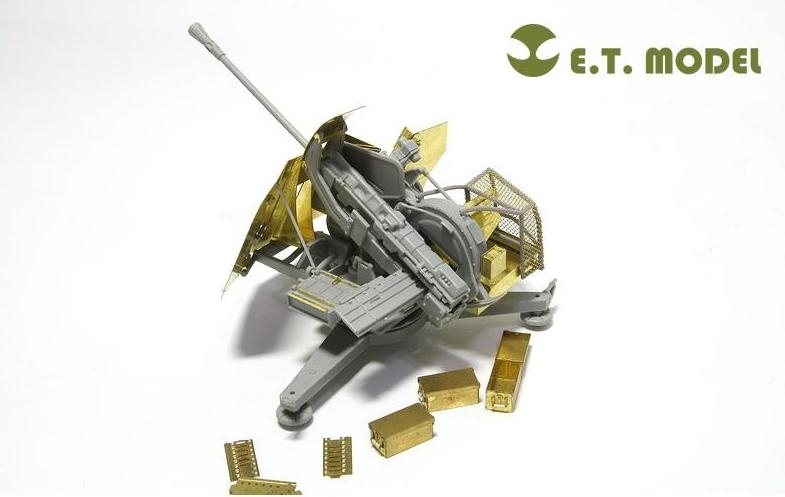Marzabotto extermination
The discovery was made deep in the heart of Italy’s Apennine mountains between Bologna and the Po valley, in the communities of Castiglione dei Pepoli, Monte Stanco, Grizzana Morandi and the surrounding area, where, unbeknownst to South Africans, local people gather annually not only to celebrate their towns’ emancipation from Nazi forces in the autumn of 1944 by the 6th Armoured Division from Bloemfontein, South Africa, but even to raise the South African flag in ceremony.
6th South African Armoured Division 1945
6th South African Armoured Division 1945
Their gratitude is so great, because this area was the site of the biggest, yet least-known, massacre of innocent civilians in Italy during WWII: the Marzabotto Massacre.
It was an exceptionally bleak atrocity for Italy, as it involved the extinction of an entire ‘race’. The story is well told in Jack Olsen’s 1964 book, Silence on Monte Sole, but unfortunately there’s only space here for a summary: on 3 October 1944, German and Austrian SS troops were ordered to purge the entire area of Monte Sole and Monte Ruminci, because the townspeople of Marzabotto, Grizzana Morandi, and Monzuno were suspected of helping and supplying Italian partisans along the Gothic Line, which Hitler himself had ordered to be kept at all costs to sever south Italy and Allied forces from the industrialised and developed north. Here Allied and Austrian SS forces saw out the last winter of WWII, tired, cold, depleted, neither able to advance or retreat. Here is where the Allies eventually broke through the following Spring, spelling the end of the war in Italy. Before that, Nazi troops literally marched into every town and exterminated every living thing in sight. Women, children, young babies and the elderly alike were killed by gunfire and with grenades. By sunset 3 October, Marzabotto’s and Monzuno’s unique population of mountain people, nearly two thousand people, were entirely exterminated.
Castiglioni dei Pepoli South African WWII cemetery Scenic Landscape
Executed on the morrow
The SS then started moving into Grizzana Morandi and Monte Stanco herding the townspeople into two groups in no particular order. The first group (half the population) were slaughtered that night, the remaining group was to be executed the next morning.
On 4 October 1944, the executions had already started, when out of nowhere a group of Allied soldiers who had been sent to patrol and scout the area, unaware of the purge, appeared and engaged the SS in combat. After a long battle they managed to drive the Nazis off well behind the Gothic Line, saving the few remaining people of Monte Sole. This group of soldiers was the 6th Armoured Division of South Africa.
They were the first Allied troops to arrive in the area; British, American, New Zealand, Rhodesian (modern day Zimbabwe), Australian, and Indian troops arrived some three days later from the nearby American base in Livergnago (dubbed ‘Liver & Onions’ by soldiers) with food and supplies for the towns’ afflicted victims and set up Allied camps along what is today one of Italy’s most famous war commemoration sites – the Gothic Line.
The new road named after SA 6th Division in Castiglioni dei Pepoli inaugurated Dec 2007 (by Elvorne Palmer)
The new road named after SA 6th Division in Castiglioni dei Pepoli inaugurated Dec 2007 (by Elvorne Palmer)
Shermans of the Pretoria Regiment, 6th SA Armoured Division, Italy 1944/45
Shermans of the Pretoria Regiment, 6th SA Armoured Division, Italy 1944/45
A lifetime later…
Hence, the people of Monte Sole celebrate South Africa every year, because the few survivors (some even today), owed their lives to the 6th Armoured Division.
Col Palmer is today practically a Monte Sole local. She has arranged special celebrations and commemoration days there from now on recognised by South Africa and attended by the ambassador, the (new) Defence Attaché, embassy official, and even government bigwigs flown in from South Africa. She also assisted the community of Castiglione dei Pepoli in gathering information, photographs and testimonies to contribute to a new museum dedicated to the 6th Armoured Division. The town is also the site of the only Commonwealth War Cemetery in Italy entirely built by South Africans though few get the chance to visit because of the distance and cost of travel. Similarly, the Italian Zonderwater Cemetery in South Africa is maintained by local communities there on behalf of Italian families who can’t visit South Africa regularly. Col Palmer oversaw the signing of an official commitment by the Italian Carabinieri and local communities to maintain the graves of young soldiers who fought and died so far from their own homeland. In Zonderwater, South Africa, there is an urn with soil from Castiglione dei Pepoli, and in Castiglione, there is an urn with South African soil from Zonderwater.
A new street connecting Castiglionei dei Pepoli and the entire area with the Bologna-Modena highway was unveiled in November last year was named in honour of the South African 6th Armoured Division.
Col Palmer takes with her to South Africa, a commemorative hand-made plate revealing the natural beauty of the area, to present as a gift to the current commander of the 6th Armoured Division in Bloemfontein, South Africa, as proof of the Italian towns’ appreciation for what the division did over 60 years ago.
http://www.henrileriche.com/2013/01/20/ ... italy-war/


i(yw__60_57.jpg)



